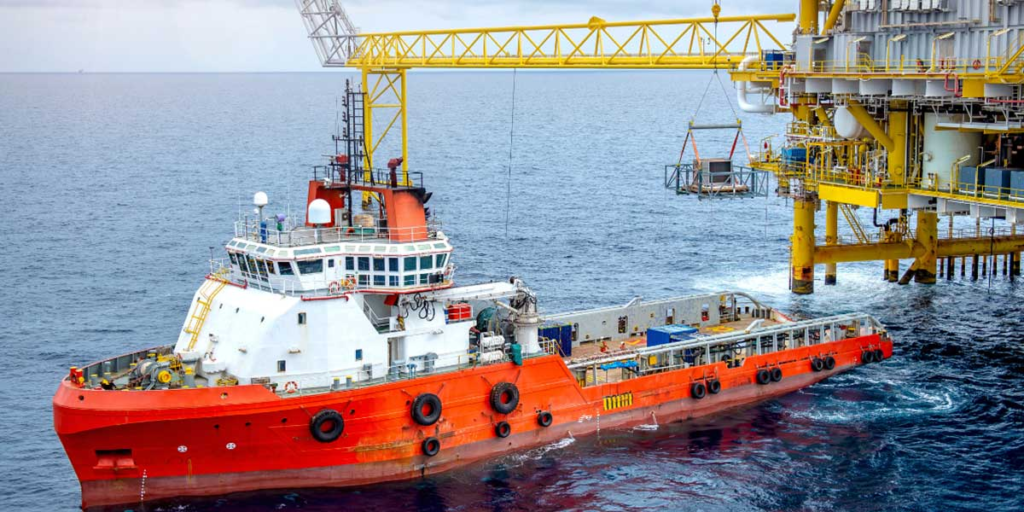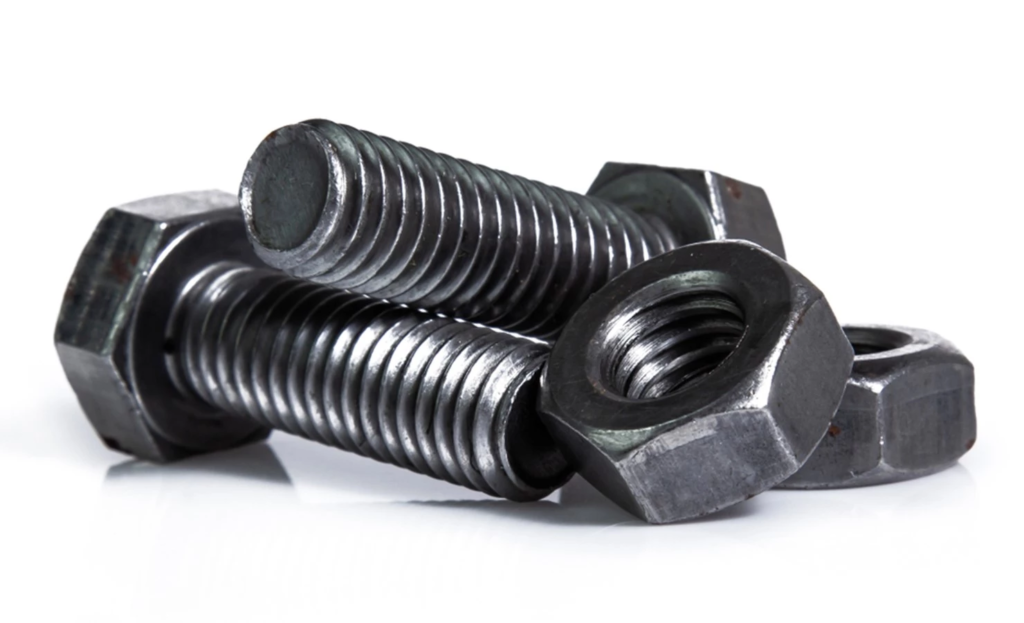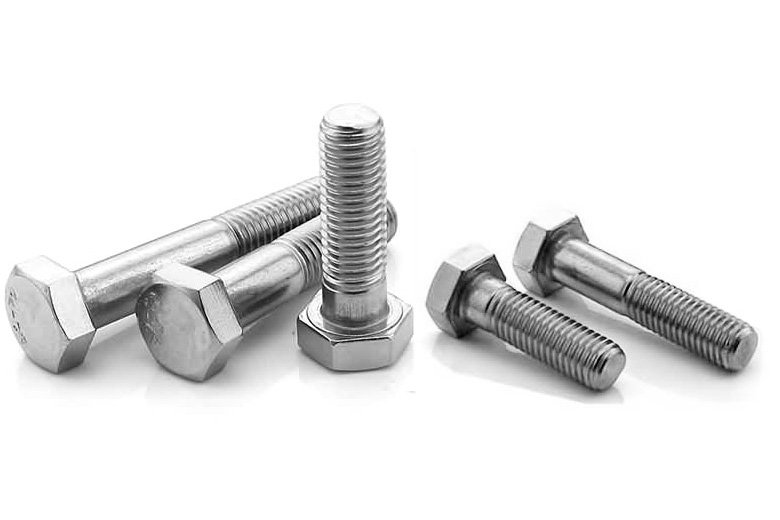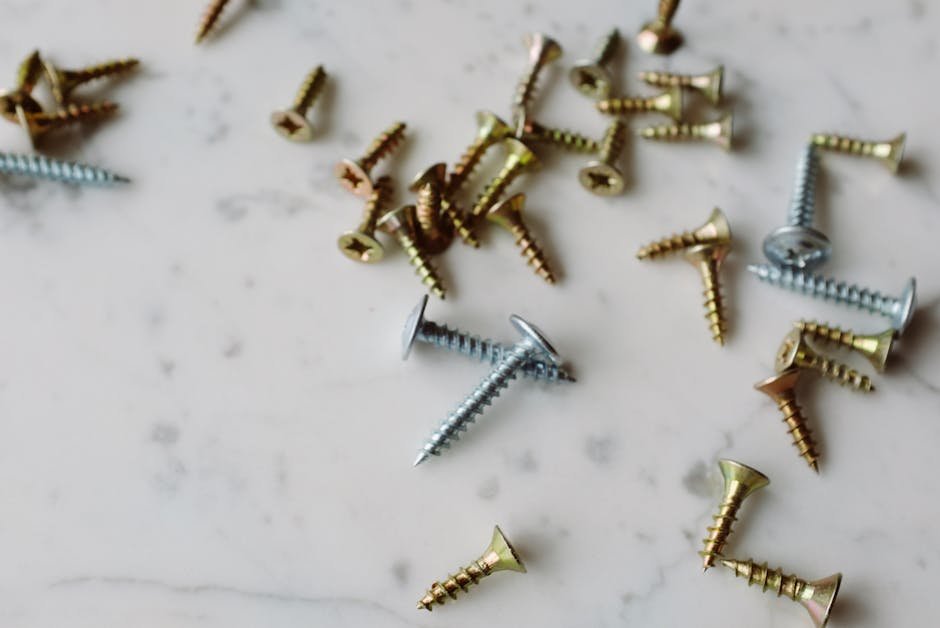When it comes to fastening stuff in tough places—like salty ocean docks or gritty factory floors—stainless steel hex bolts are the real MVPs. These bolts, with their six-sided heads, are built to last where other fasteners might rust or snap. Made from special stainless steel grades like 304 and 316, they laugh in the face of corrosion, making them perfect for marine and industrial jobs. Let’s break down why these bolts are such a big deal and how they hold up in the harshest conditions.

What Makes Stainless Hex Bolts So Special?
Hex bolts aren’t just any screws. Their hexagonal head lets you tighten them with a wrench, giving a super-strong grip. But the real magic is the stainless steel. Unlike regular steel, which can turn into a rusty mess near water or chemicals, stainless steel has a secret weapon: chromium. This metal forms a thin shield on the bolt’s surface, blocking rust even when waves crash or factory fumes get nasty.
- Grade 304 Stainless Steel: This is the all-purpose champ. It’s tough, resists rust, and works great for most projects, like building bridges or fixing heavy machines.
- Grade 316 Stainless Steel: The big brother of 304, with a touch of molybdenum (say “mo-lib-den-um”). This extra ingredient makes it a beast against saltwater and harsh chemicals, ideal for boats or oil rigs.
Think of these bolts like superheroes with capes made of rust-proof armor. Whether it’s a stormy coast or a sweaty factory, they keep things locked tight.

Why They Shine in Marine Environments
If you’ve ever seen a rusty bike left near the beach, you know saltwater is a metal’s worst enemy. Marine environments—think shipyards, docks, or offshore platforms—are brutal. The salty air and water chew through regular bolts like a kid chomping candy. But stainless hex bolts? They’re built for this.
Grade 316 stainless steel is the go-to here. Its molybdenum boost makes it shrug off saltwater corrosion, keeping bolts strong for years. Picture a yacht’s railing or a pier’s support beams—those hex bolts hold firm while waves splash and seagulls squawk. They’re also easy to install, which saves time when you’re out on a windy deck trying to get the job done.

Tough Enough for Industrial Jobs
Factories, warehouses, and construction sites are no picnic either. Industrial settings throw everything at fasteners: chemicals, heat, and heavy loads. Stainless hex bolts step up to the plate. Their high strength—often matching Grade 2 bolts with 70,000 to 100,000 PSI—means they can handle the weight of massive machines or steel beams without buckling.
Plus, they resist the gunk that floats around in factories. Spilled oils, acidic vapors, or steamy heat won’t faze them. For example, in chemical plants where pipes carry corrosive liquids, 316 hex bolts keep everything secure without turning into a rusty liability. It’s like having a trusty wrench in your toolbox that never lets you down.
Real-World Uses That Prove Their Worth
So, where do these bolts actually show up? Everywhere! Here’s a quick rundown:
- Marine: Securing boat fittings, dock pilings, or offshore wind turbines.
- Construction: Holding together steel frameworks for bridges or skyscrapers.
- Industrial: Fastening heavy machinery, conveyor belts, or chemical tanks.
- Automotive: Keeping truck chassis or engine parts tight in grimy conditions.
Each bolt is like a tiny but mighty anchor, making sure big projects don’t fall apart. And because they’re stainless, you don’t have to replace them every few months, saving money and headaches.
Why Go Stainless Over Other Bolts?
You might be thinking, “Why not just use cheaper bolts?” Fair question. Regular steel bolts cost less upfront, but they’re like a bad bet—they’ll rust, weaken, and need replacing. Stainless hex bolts are a long-term win. Here’s why:
- No Rust, No Fuss: They stay shiny and strong, even in wet or chemical-heavy spots.
- Heavy-Duty Strength: They can take a beating and still hold tight.
- Easy to Work With: The hex head makes them a breeze to install with standard tools.
- Worth the Investment: They last longer, so you spend less on repairs or replacements.
It’s like choosing a sturdy backpack over a cheap one that rips after a week. Stainless hex bolts are built to go the distance.

Tips for Picking the Right Hex Bolt
Not all stainless hex bolts are the same, so here’s a quick guide to picking the right ones:
- Check the Environment: Use 316 for salty or chemical-heavy spots, 304 for general outdoor or indoor jobs.
- Know Your Load: Make sure the bolt’s strength (tensile strength) matches the weight it’ll hold.
- Size Matters: Get the right diameter and length for a snug fit—too small, and it’ll fail; too big, and it’s overkill.
- Look for Quality: Choose bolts from trusted manufacturers with solid specs, not sketchy knockoffs.
If you’re unsure, talk to a supplier who knows their stuff. They’ll help you avoid costly mistakes.
The Bottom Line
Stainless steel hex bolts are the unsung heroes of marine and industrial projects. Made from 304 or 316 stainless steel, they fight off rust and hold strong in the toughest conditions. Whether you’re building a ship, a factory, or a bridge, these bolts deliver the durability and strength you need without breaking the bank in the long run. They’re easy to use, built to last, and ready to tackle any job, no matter how rough.


